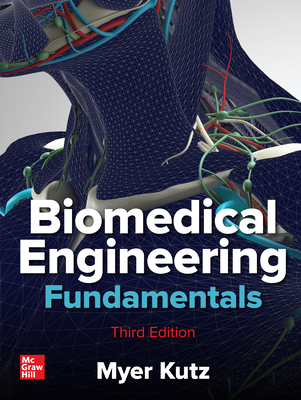Regulation of Tissue Oxygenation, Second Edition (Colloquium Series on Integrated Systems Physiology: from Molecule to Function to Disease)
暫譯: 組織氧合的調控,第二版(綜合系統生理學研討會系列:從分子到功能再到疾病)
Roland N. Pittman
- 出版商: Morgan & Claypool
- 出版日期: 2016-08-18
- 售價: $1,780
- 貴賓價: 9.5 折 $1,691
- 語言: 英文
- 頁數: 114
- 裝訂: Paperback
- ISBN: 1615047204
- ISBN-13: 9781615047208
海外代購書籍(需單獨結帳)
商品描述
This presentation describes various aspects of the regulation of tissue oxygenation, including the roles of the circulatory system, respiratory system, and blood, the carrier of oxygen within these components of the cardiorespiratory system. The respiratory system takes oxygen from the atmosphere and transports it by diffusion from the air in the alveoli to the blood flowing through the pulmonary capillaries. The cardiovascular system then moves the oxygenated blood from the heart to the microcirculation of the various organs by convection, where oxygen is released from hemoglobin in the red blood cells and moves to the parenchymal cells of each tissue by diffusion. Oxygen that has diffused into cells is then utilized in the mitochondria to produce adenosine triphosphate (ATP), the energy currency of all cells. The mitochondria are able to produce ATP until the oxygen tension or PO2 on the cell surface falls to a critical level of about 4-5 mm Hg. Thus, in order to meet the energetic needs of cells, it is important to maintain a continuous supply of oxygen to the mitochondria at or above the critical PO2 . In order to accomplish this desired outcome, the cardiorespiratory system, including the blood, must be capable of regulation to ensure survival of all tissues under a wide range of circumstances. The purpose of this presentation is to provide basic information about the operation and regulation of the cardiovascular and respiratory systems, as well as the properties of the blood and parenchymal cells, so that a fundamental understanding of the regulation of tissue oxygenation is achieved.
商品描述(中文翻譯)
本次報告描述了組織氧合調節的各個方面,包括循環系統、呼吸系統及血液的角色,血液是這些心肺系統組件中氧氣的載體。呼吸系統從大氣中吸取氧氣,並通過擴散將其從肺泡中的空氣運輸到流經肺毛細血管的血液中。然後,心血管系統通過對流將氧合血液從心臟運送到各個器官的微循環中,在那裡氧氣從紅血球中的血紅蛋白釋放出來,並通過擴散移動到每個組織的實質細胞中。已擴散進入細胞的氧氣隨後在粒線體中被利用,以產生三磷酸腺苷(ATP),這是所有細胞的能量貨幣。粒線體能夠持續產生ATP,直到細胞表面的氧氣張力或PO2 降至約4-5 mm Hg的臨界水平。因此,為了滿足細胞的能量需求,保持對粒線體的持續氧氣供應在臨界PO2以上是非常重要的。為了實現這一期望的結果,心肺系統,包括血液,必須具備調節能力,以確保在各種情況下所有組織的生存。本次報告的目的是提供有關心血管和呼吸系統運作及調節的基本信息,以及血液和實質細胞的特性,以便達成對組織氧合調節的基本理解。






























